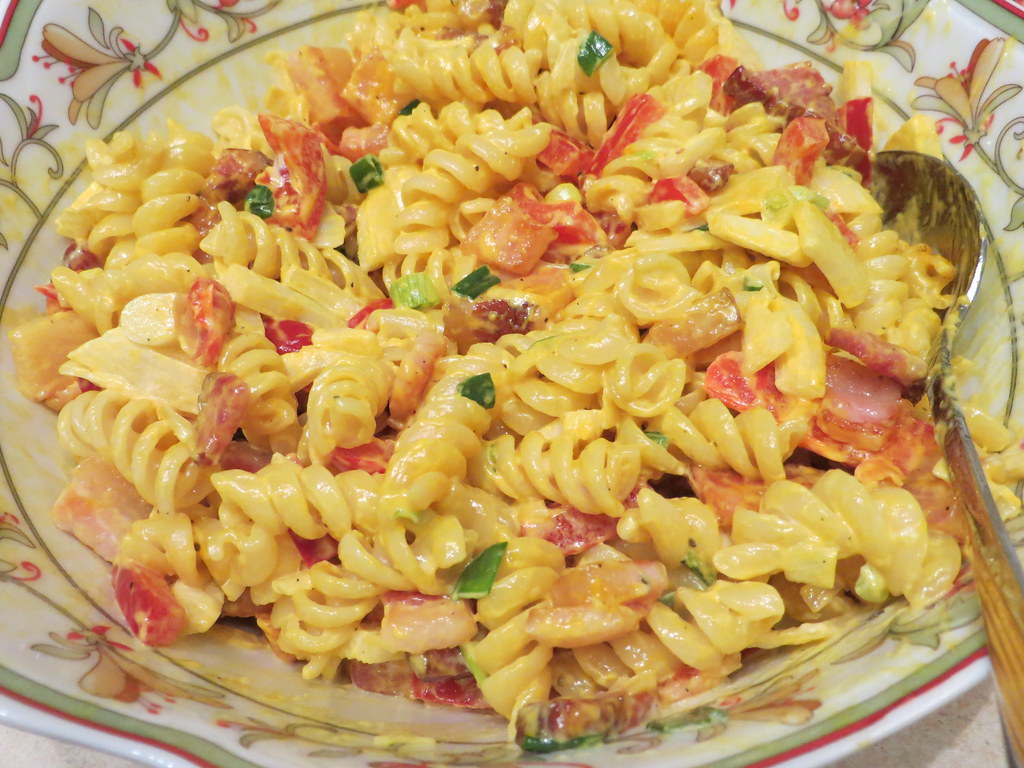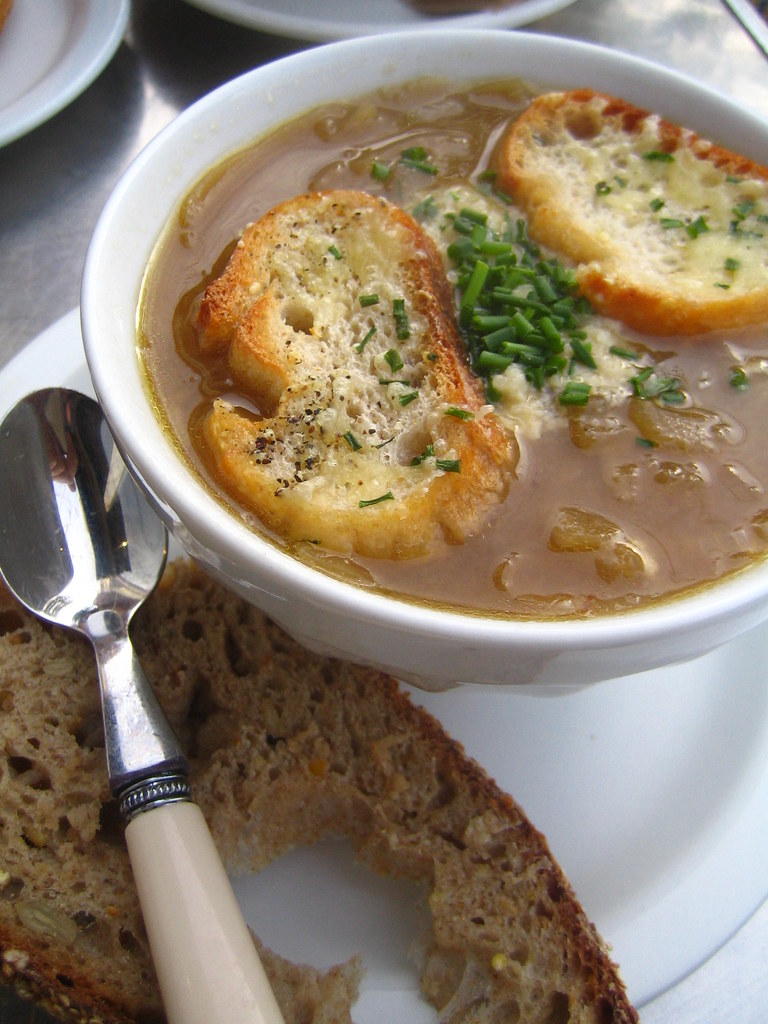We’ve all been there, standing in front of a boiling pot, wooden spoon in hand, waiting for the moment our pasta reaches that golden standard of ‘al dente’. The term, revered by chefs and food enthusiasts alike, signifies pasta cooked to be firm to the bite, yet I’ve come to a deliciously controversial realization: I simply don’t like my pasta al dente. This culinary confession might sound like blasphemy to some, but it’s a truth borne out of countless meals, including a memorable one at a VERY expensive Italian restaurant where, despite the exquisite tasting menu, the noodles left something to be desired for my taste buds. They were, indeed, al dente, but not to my liking. It seems, perhaps, my palate was irrevocably shaped by the comfort of my mom’s softer pasta dishes, cooked ’til they’re an inch from mush – a stark contrast to the al dente ideal.
The Essence and Mastery of Pasta Making
Am I alone in this preference? This question lingered in my mind, leading me on a quest for answers and, hopefully, some culinary solidarity.
The essence of pasta lies not just in its ingredients or the sauce it’s bathed in, but in its very texture. The Italians, masters of the pasta craft, aim for a certain chewiness, a resistance against the tooth that hints at the pasta’s ‘soul’ – a slightly underdone center that’s a testament to its perfect preparation. Yet, despite following recipes to the letter and even consulting experts on my quest for the perfect al dente, the epiphany was clear: my heart (and stomach) yearned for pasta cooked just a bit more.
In my exploration, I stumbled upon an enlightening perspective on pasta preparation. It turns out, the journey to al dente begins before the pasta even hits the water. A common mistake, it seems, is not giving the pasta enough room to dance in the boiling water. A cramped pot not only prolongs the boiling process but also causes the pasta to release starch into a limited amount of water, resulting in a gummy texture far removed from the al dente ideal. This revelation, shared by experts and chefs like Nicole Karr, underscored the importance of selecting the right pot – a seemingly mundane step that could make or break your pasta experience.
Perhaps the most poignant lesson in my pasta journey came from a deeper understanding of taste and texture. The art of cooking, after all, is a personal journey, one that’s shaped by memories, preferences, and the simple joys of a meal shared. My quest for al dente was not about challenging a culinary standard but about embracing the diversity of taste. Whether it’s al dente, ‘al mushy’, or any state in between, the beauty of pasta lies in its ability to bring people together, to spark conversations, and to create new memories around the dinner table.
As for me, I’ve learned to embrace my preference for softer pasta, recognizing that it’s not just about the texture but the stories and comfort each bite brings. While my pasta might not always be al dente, it’s always made with love, seasoned with memories, and served with a side of culinary liberation.

The Search for the Perfect Pasta
Diving into the world of pasta, where each strand tells a story of tradition, innovation, and personal taste, leads us to a universal quest: how to master the perfect pasta. It’s a journey that takes us beyond the simple act of boiling water and dropping in spaghetti. With insights from the pros, we come to understand that achieving that ideal texture, whether it’s al dente or tenderly cooked to your liking, is an art form honed over time and with a dash of culinary intuition.
Let’s tackle the basics. The choice of pot, as culinary experts and chefs passionately advise, is not just a mere detail but a cornerstone of pasta perfection. A cramped pot is a cardinal sin in the pasta world, leading to uneven cooking and a gummy texture that could dampen the spirits of even the most ardent pasta lover. Nicole Karr, a seasoned chef with a rich tapestry of experience in both Northern Italian and New York City kitchens, champions the use of a generously sized pot, one that holds at least 6 quarts. This, she explains, is not just to accommodate the pasta but to give it the space to cook evenly, ensuring each strand dances freely in the boiling water, achieving that perfect texture we all covet.
The water itself is a character in this culinary drama. It must be brought to a fierce, rolling boil before the pasta makes its grand entrance. Salt it ‘like the ocean,’ advise Karr and others in the culinary world, for this is not just about seasoning; it’s about enhancing the pasta’s inherent flavor, elevating it from mere carbohydrate to a dish with soul.
Once the pasta enters the stage, the clock and your senses become your best allies. Stirring occasionally during the first crucial minutes prevents sticking, a reminder that attention to detail can make all the difference. And while the pasta box might offer guidance on timing, Karr and other chefs remind us that perfection comes from knowing when to trust the guidelines and when to let your intuition guide you. Taste as you go, for the texture you seek might arrive earlier or later than prescribed.
Moving beyond the technical aspects, we reach the heart of pasta making: the realization that there is no one-size-fits-all approach. The beauty of pasta lies in its versatility, its ability to be the foundation of a meal that reflects personal taste, cultural background, and even memories. Whether it’s the al dente bite revered by Italians or the softer, more indulgent textures cherished by others, honoring your palate is the true essence of culinary mastery.

This leads to perhaps the most liberating insight: the art of cooking is deeply personal. It’s a canvas on which we paint our preferences, experiences, and even our culinary rebellions. Embracing the diversity of pasta’s textures, from al dente to ‘al mushy’, is an invitation to explore, to experiment, and ultimately to find joy in the variations. Pasta, in all its forms, is a celebration of flavor, tradition, and the simple pleasure of a meal shared.
Mastering the perfect pasta is a journey rather than a destination. It’s a process that invites us to learn, to adapt, and to embrace the myriad possibilities that this humble dish offers. Armed with insights from the pros and a willingness to explore our own culinary preferences, we discover that the perfect pasta is not just about adherence to tradition but about creating a dish that resonates with our soul. So go ahead, fill that pot with water, let it dance to a boil, and embark on your own pasta adventure. Who knows where it might lead you?
Related posts:
*This* Is Why Your Pasta Is Never Quite Al Dente
What’s the opposite of the term al dente
An End to Al Dente: Lightly Cooked Can Be Exactly the Wrong Way to Taste Vegetables





